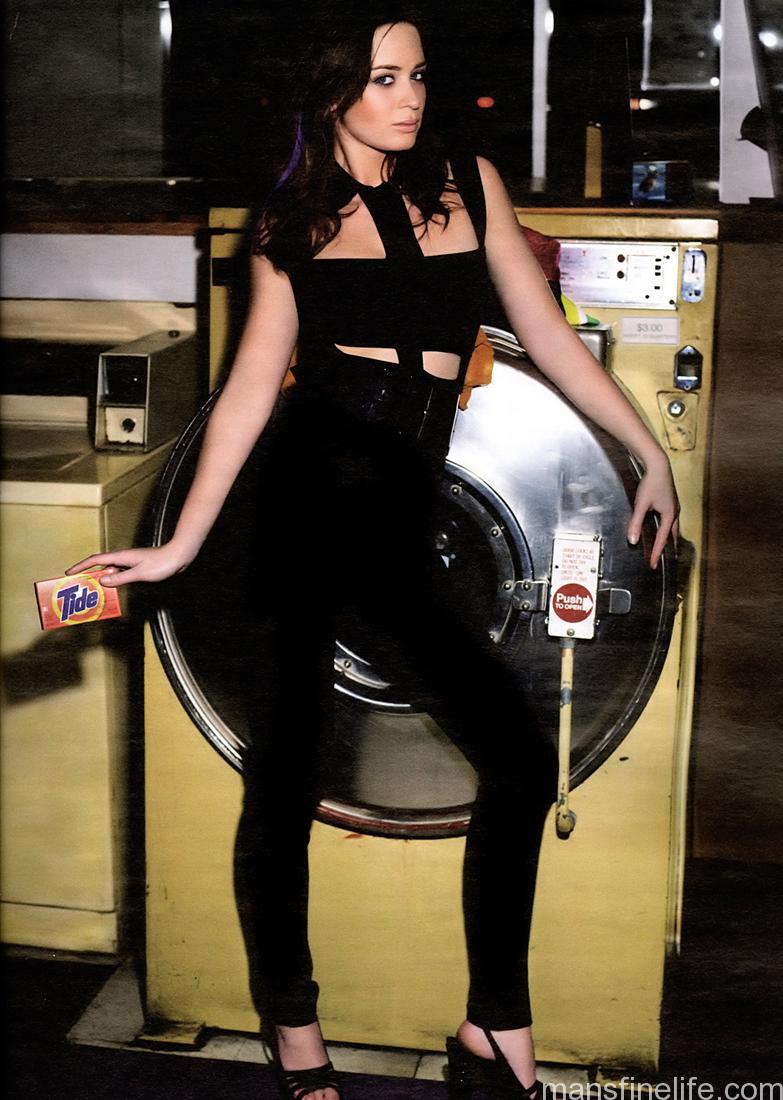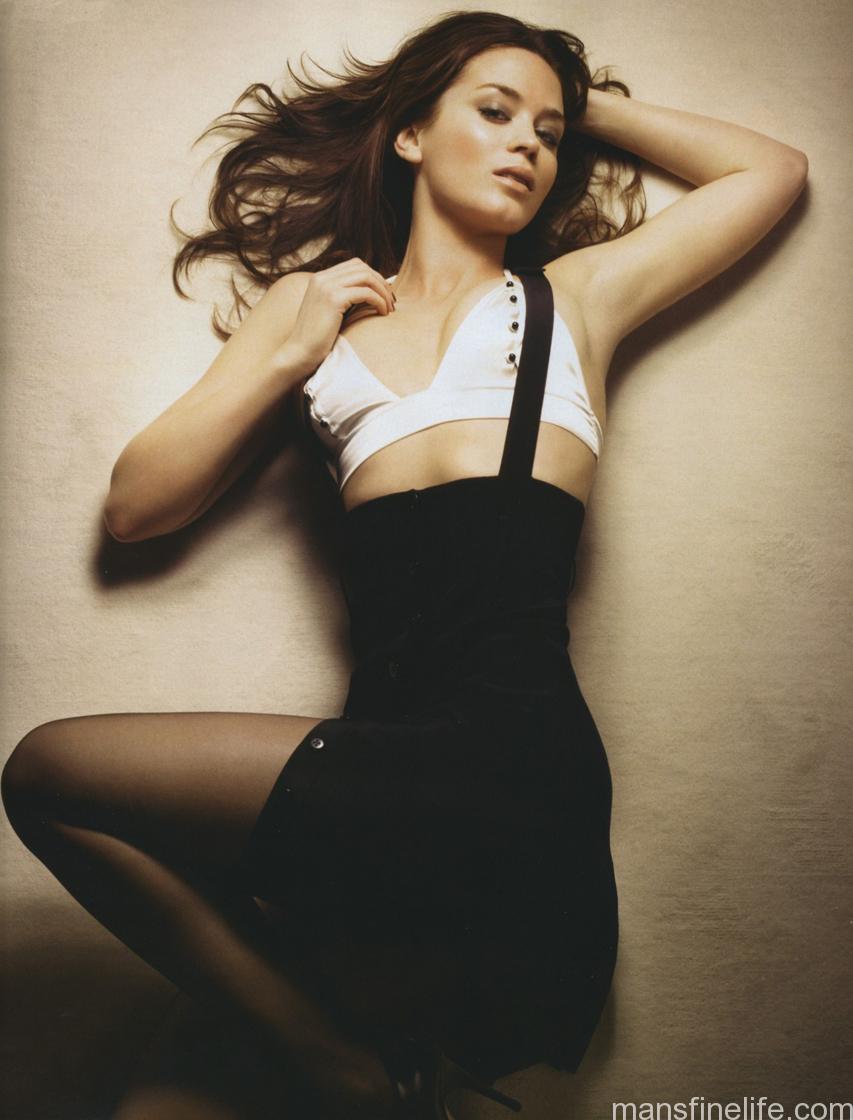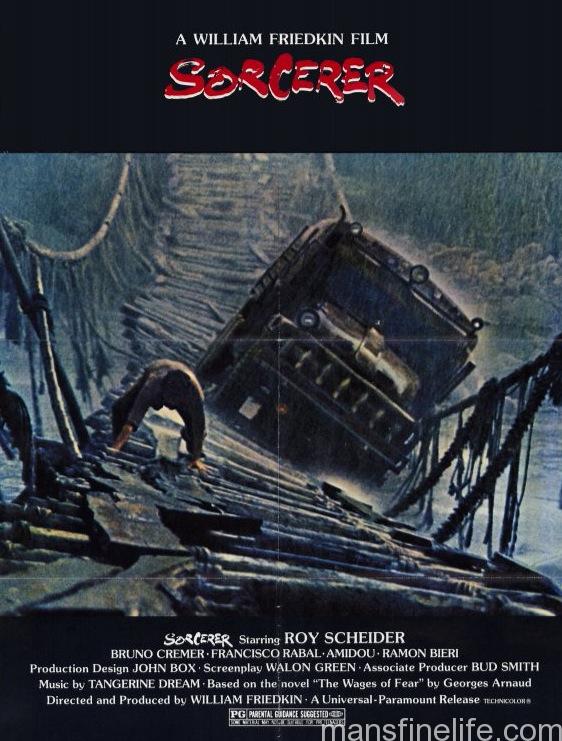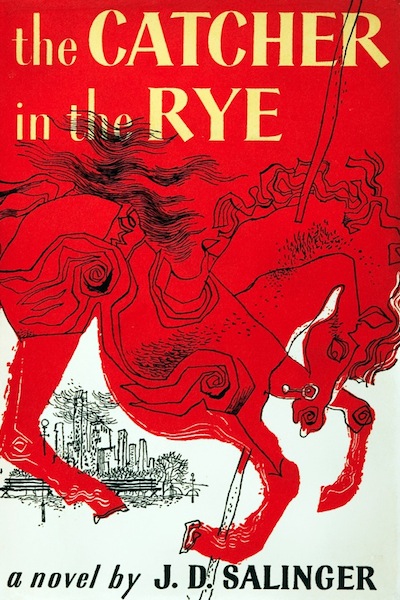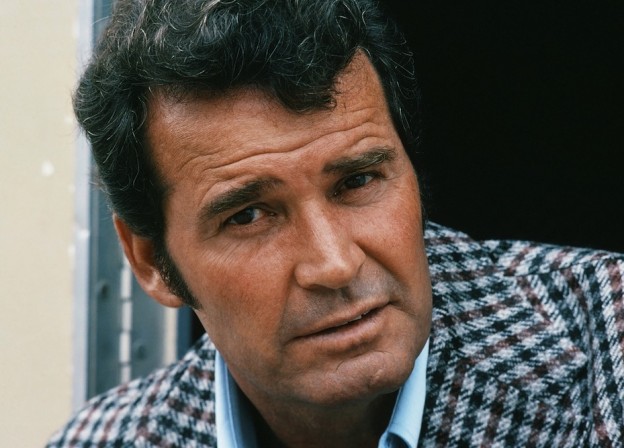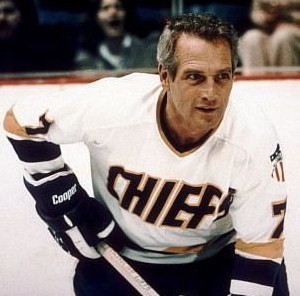No, Felicity Jones didn’t win the Best Actress Oscar last Sunday. But anyone who’s seen her remarkably brave and touching performance in The Theory of Everything knows that the lovely young Englishwoman’s future is nevertheless guaranteed to be golden. Ms. Jones’ Jane Wilde Hawking opposite Eddie Redmayne’s astonishing, Academy Award-winning portrayal as her physically impaired astrophysicist husband, Stephen Hawking, gives the film its soul and its heart. Her work is subtle and never mawkish but still communicates a woman pushed to the very limit by her belief in selfless love, her sense of guilt and honor and the slow motion tragedy of taking care of a husband with incurable neuromuscular disease. By turns strong and shattered, the actress achieves that rare thing in film acting: a fully realized human being with whom anyone with half a heart can empathize.
The 31-year-old Birmingham beauty began her career as a teen sorceress-in-training on ITV’s The Worst Witch and after 3 seasons she took time off to attend university. But acting remained her calling and she returned to it a young woman on a mission with an impressive run of supporting roles alongside major league actresses like Emma Thompson, Michelle Pfeiffer and Helen Mirren. That steady work with top notch professionals eventually led to her own star turn in 2011’s dizzyingly romantic Like Crazy, where she played a British exchange student abruptly separated from her American lover when her visa expires.
She was also carried away by love in 2013’s critically acclaimed Breathe In, where Ms. Jones was again an exchange student, this time falling for Guy Pearce’s married music teacher and leading him astray with her vulnerability, musicianship and big blue eyes. That same year she picked up a British Independent Film Award nomination for her very moving work as Charles Dickens’ secret mistress in the ambitious period biography, The Invisible Woman. Directed with a fine, restrained touch by Ralph Fiennes while he simultaneously portrayed Dickens, it was clear that Felicity’s portrayal of Nelly Ternen and her May-September romance with the great author confirmed a major acting talent reaching full maturity. The fact that she had now held her own and then some with Pearce and Fiennes in two consecutive pictures announced to the world that this was a young lady unintimidated and ready for big things.
And what could be bigger than her breakthrough in The Theory of Everything with its massive success and resultant accolades? Now everyone knows Felicity Jones, not just British film buffs. And with several more films in post-production and a secure spot as one of Hollywood’s new, young A-list actresses this should only be the beginning. Between those eyes, that face and all that talent we’re sure to be looking at Felicity for years to come. Which suits us just fine.











